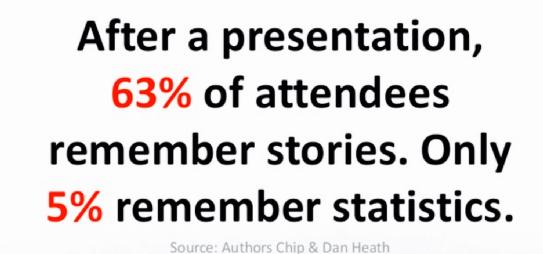Communication is not what you say but what your employees hear.
____________________________________________________ To get employees thinking like owners, you need to get them engaged by investing in a training and communication program that evaluates, disseminates, and educates. Remember: information is not the same thing as effectively communicating it.
To get employees thinking like owners, you need to get them engaged by investing in a training and communication program that evaluates, disseminates, and educates. Remember: information is not the same thing as effectively communicating it.
____________________________________
Research indicates that the best employee-owned companies invest more in training because it represents the joint commitment of workers and managers to improve skills and productivity for the benefit of all owners.
_________________________________________________________
Train Your Employees So They Are Prepared To Leave;
Treat Your Employees Properly So They Won’t.
_________________________________________________________
Outsourcing your training needs can be a critical step in improving your communications and organizational performance. We can help you with your employee presentations and written materials, from rollouts to updates, from newsletters to e-mails to payroll inserts. Our training, communication and engagement services are clear, concise, informative, and entertaining.
__________________________________________________
The “Soft” Stuff Drives Hard Results!
Appreciation is the Universal Motivator.
__________________________________________________
Great Advice on Successful Communication – Use “SPEAK”
(Adapted from an article by 9By9 Solutions)
> Succinct. The average person has an attention span of five (5) minutes. Thus, you need to be precise and lead with your main point. (Don’t make people guess where you are going).
> Present one idea or concept at a time to avoid confusion.
> Explain your main points with facts and rationale. Focus on new data and value, not just rehashing. Don’t waste people’s time telling them what they already know. Avoid the twin time wasters of “violent agreement” and “everything has been said but not everyone has said it”. Reiterating what others have said with a slightly different view adds little to the discussion. Present thoughts in an orderly or logical manner.
> Ask for questions or comments. Stop and ask for discussion after a key point is presented. Understanding and engagement are more important than sharing everything one knows.
> Konclude (OK, spelling issue!) When you are finished, stop talking. Don’t keep repeating or explaining your point.
_______________________________________________
Bringing life to work brings work to life!
Start with an exciting communication campaign!
_______________________________________________

________________________________
At an ESOP company employees actually do own IT!
Help them, understand what “IT” means!
_____________________________
Words/Phrases that DON’T Help Effective Communication
Avoid trite, general catchall phrases or word distractions like:
1. Beginning statements with a distracting “so,” “arguably,” “IMO,” or “quite frankly.”
2. “This may be a silly question but” – then why are you asking? It’s not silly, you don’t understand something clearly, that’s why you are asking.
3. Overused words or phrases like “move the ball,” “synergy,” “circle back,” “close the loop,” “problematic,”, “stakeholder, or “engage.”
_________________________________________________________________________
Contact Us to learn more about our cost-effective variety of communication and training modules.


